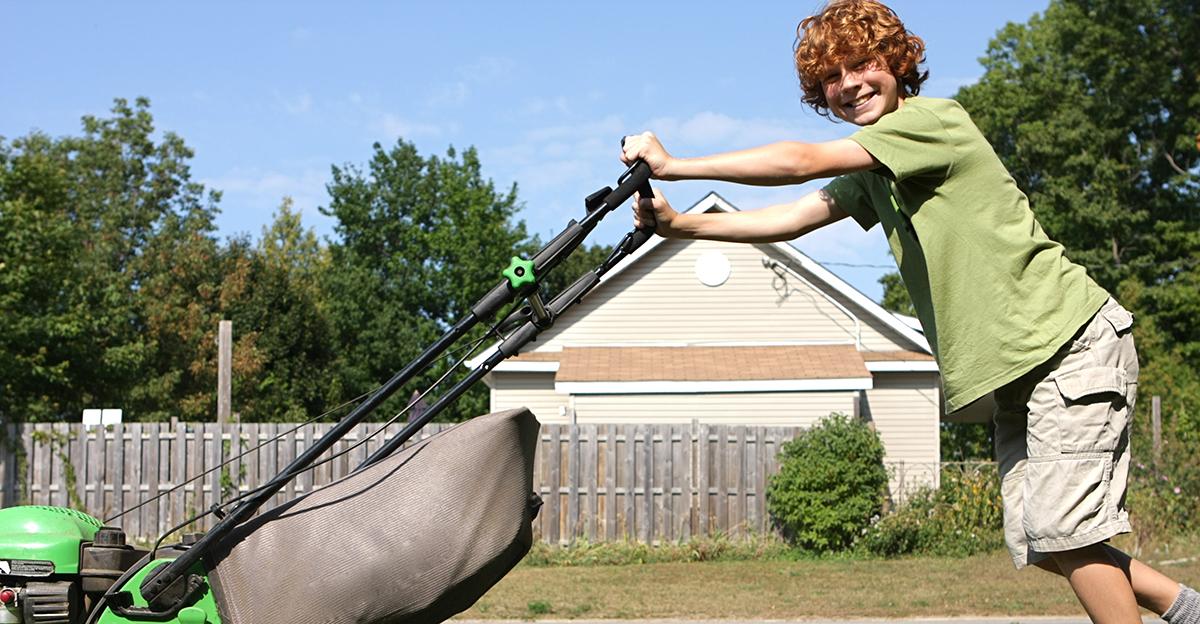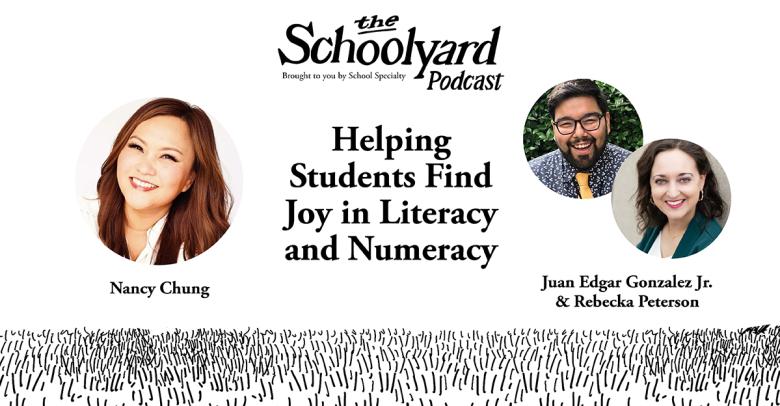Parents who invest in educating their children early on about money management tend to have more opportunities to show them—rather than just tell them—how to achieve their financial goals. In many ways, teaching the value of money can be fun and eye-opening, even to young children. Try incorporating these three elements into your child’s summer education.
Summer Chores
Incorporating summer chores into daily habits is essential and helpful to any parent. If you offer a small allowance for children who adhere to their summer chores, you directly link the importance of work and earning money.
- Give young children simple tasks such as putting away toys, helping to set the table for dinner, and walking the dog.
- For older children, ensure the tasks they complete directly impact how the home works. For example, teens can cut the lawn, a necessary task to help maintain the home.
- Make sure they complete the work and make them feel valued for doing a good job.
Budget for Teenagers
Sit down with your teens at the beginning of summer to discuss earnings. Whether they have a job or not, many teens want to have more fun and get involved with friends and the community during the summer months. This is an important time to discuss the value of a budget. Use software to teach them how to build and manage their budget.
When you teach and demonstrate a budget to your teen, especially once they have a cell phone bill or car insurance policy to pay for, they better understand the value of each dollar.
Three-Jar Saving System for Young Children
For young children, it can help to have a visual to see where their money is going. Take three mason jars and label each with where the money will go.
- Spending: Funds they can spend however they like.
- Saving: Funds they plan to save for something larger or just to have for later.
- Giving: Funds they can donate to help other people in some way.
Taking these steps to teach your child the value of money can help them learn to use it wisely. It can also help you achieve your summer goal of showing your child what money can—and cannot—accomplish for their needs.






Leave a Reply